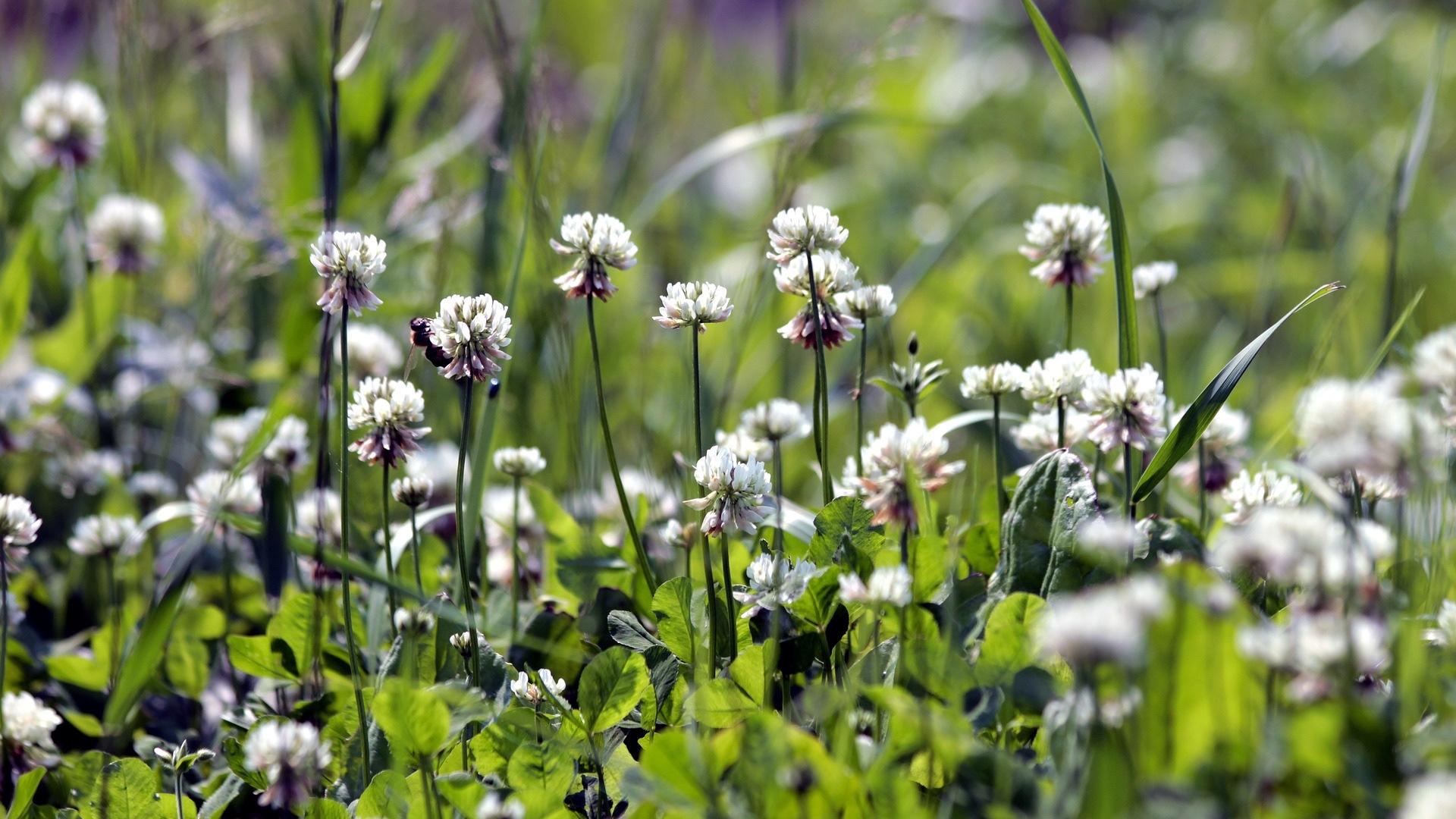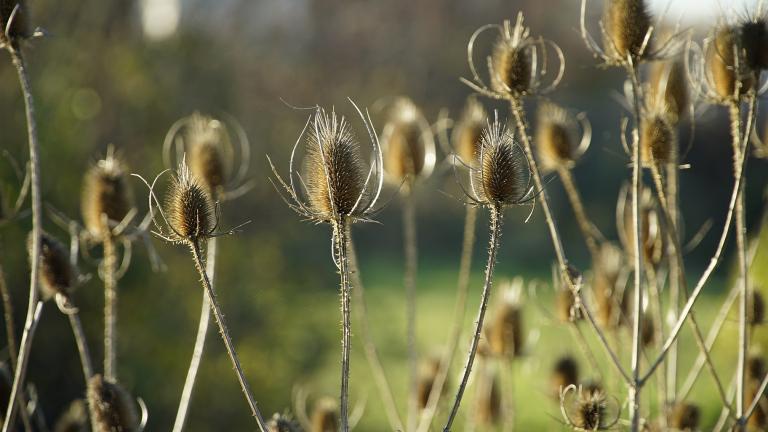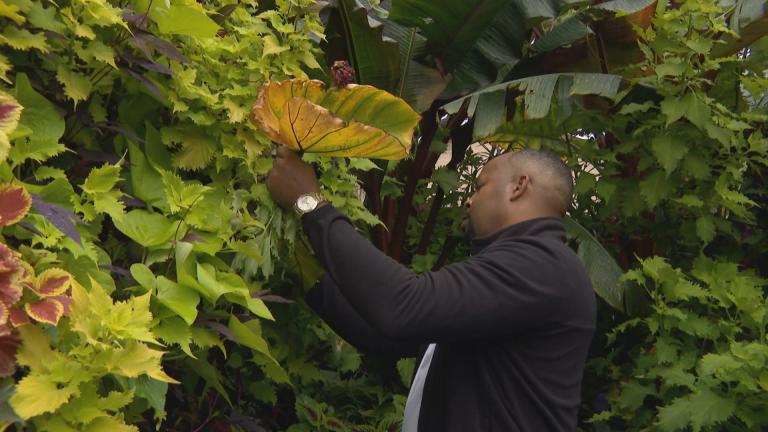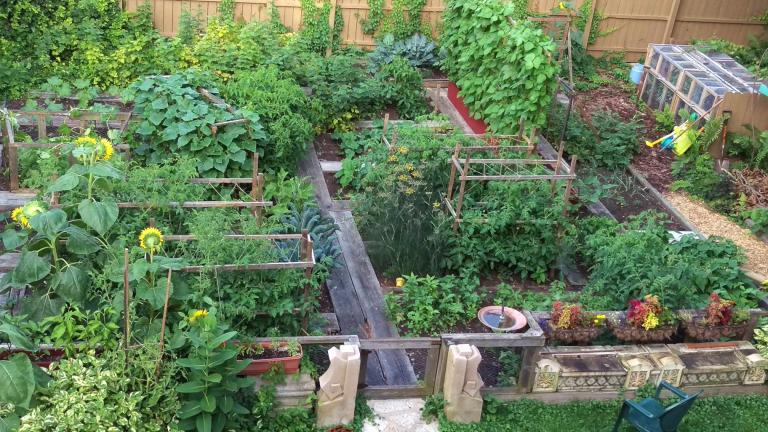 White clover lawns are a buffet for pollinators, especially bees. (zoosnow / Pixabay)
White clover lawns are a buffet for pollinators, especially bees. (zoosnow / Pixabay)
The immaculate lawn has long been one of the defining symbols of suburbia in the U.S.
After decades of unchallenged supremacy, meticulously groomed carpets of green grass are facing competition from an old acquaintance: clover.
White clover was commonly found in lawn seed mixes prior to the 1950s, and then it disappeared, said Gemini Bhalsod, horticulture educator with the University of Illinois Extension.
After World War II, herbicides became more readily available thanks to mass production, and the ideal of a what a lawn should be shifted to clean and tidy and homogenous. Seed mixes switched to fescue and Kentucky bluegrass, and clover was blacklisted as a weed.
Now the pendulum is swinging back, maybe not all the way, but there’s been perceptible movement.
“I teach a class on natural lawn care and people are always asking questions about lawn alternatives,” Bhalsod said. “I think especially with the increased interest in preserving, protecting and feeding our native pollinators, people are looking for, ‘What can I plant in my yard along with native plants. How can I support wildlife and bees in my yard?’ They’re really looking at their lawn.”
The return to clover lawns is a nascent movement at the moment, she said, strongest among people who are more conservation minded or are searching for environmentally sustainable practices.
“It’s definitely not as popular as just a regular lawn,” Bhalsod said. “I wouldn’t really say that it’s mainstream, although mainstream companies are picking up on it and talking about it and having different (seed) mixes that people can buy.”
Clover lawns have a number of benefits: Those little white flowers are great for pollinators, especially honeybees, as opposed to grass, which is essentially a food desert. Additionally, clover is a nitrogen-fixing plant, meaning it contributes a vital nutrient to soil on its own, without the need for chemical fertilizers. By out-competing weeds, clover also minimizes the need for herbicides. And it’s more resistant to drought, so it requires less water.
An added bonus: Clover lawns can be mowed less often.
If clover lawns sound like a magic bullet, they’re not, Bhalsod said.
Clover prefers full sun, so it won’t do well in shady areas, and it doesn’t like wet spots, she said. It’s also a short-lived perennial, so it might require reseeding.
Even with those negatives, Bhalsod declared herself “pro clover lawns.”
“We are so used to thinking of clover as a weed that needs to be eliminated, let’s reframe clover as having all of these benefits in my lawn,” she said. “I think the pollinator and nitrogen benefits are just so important for our environment.”
Contact Patty Wetli: @pattywetli | (773) 509-5623 | [email protected]








